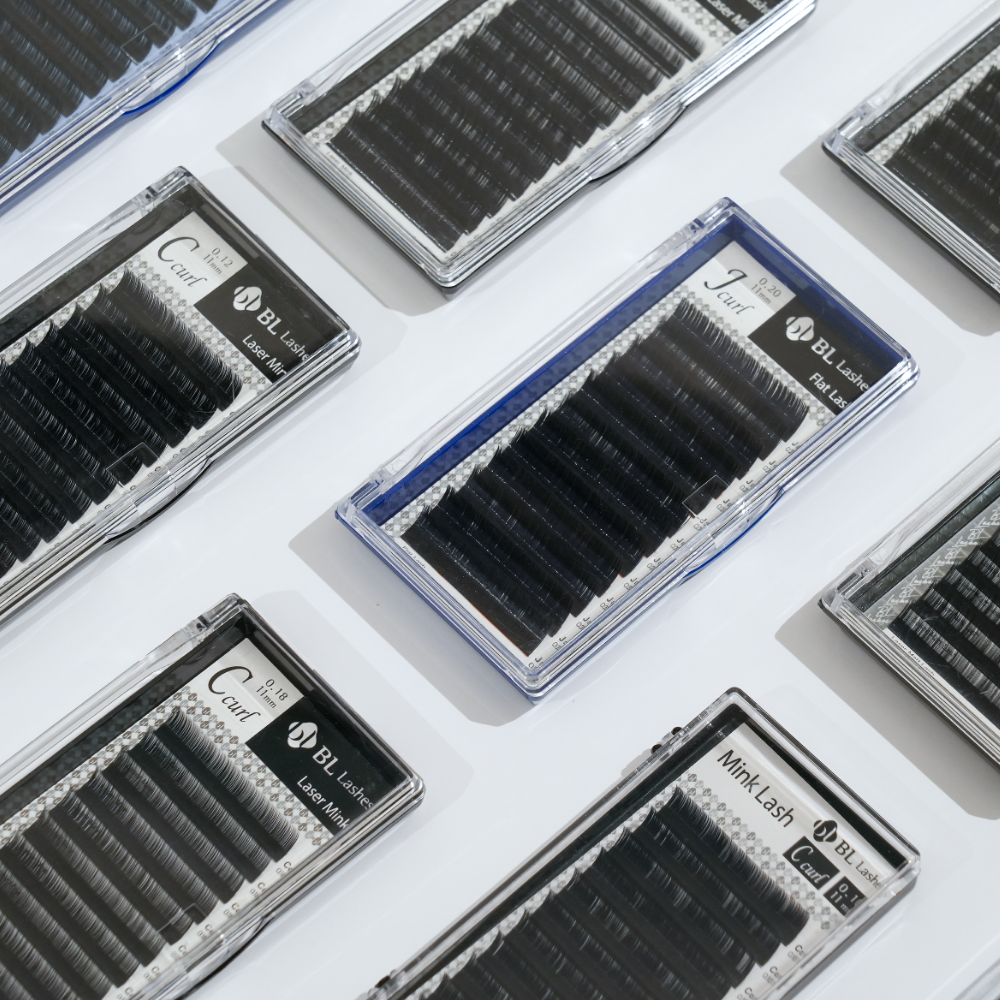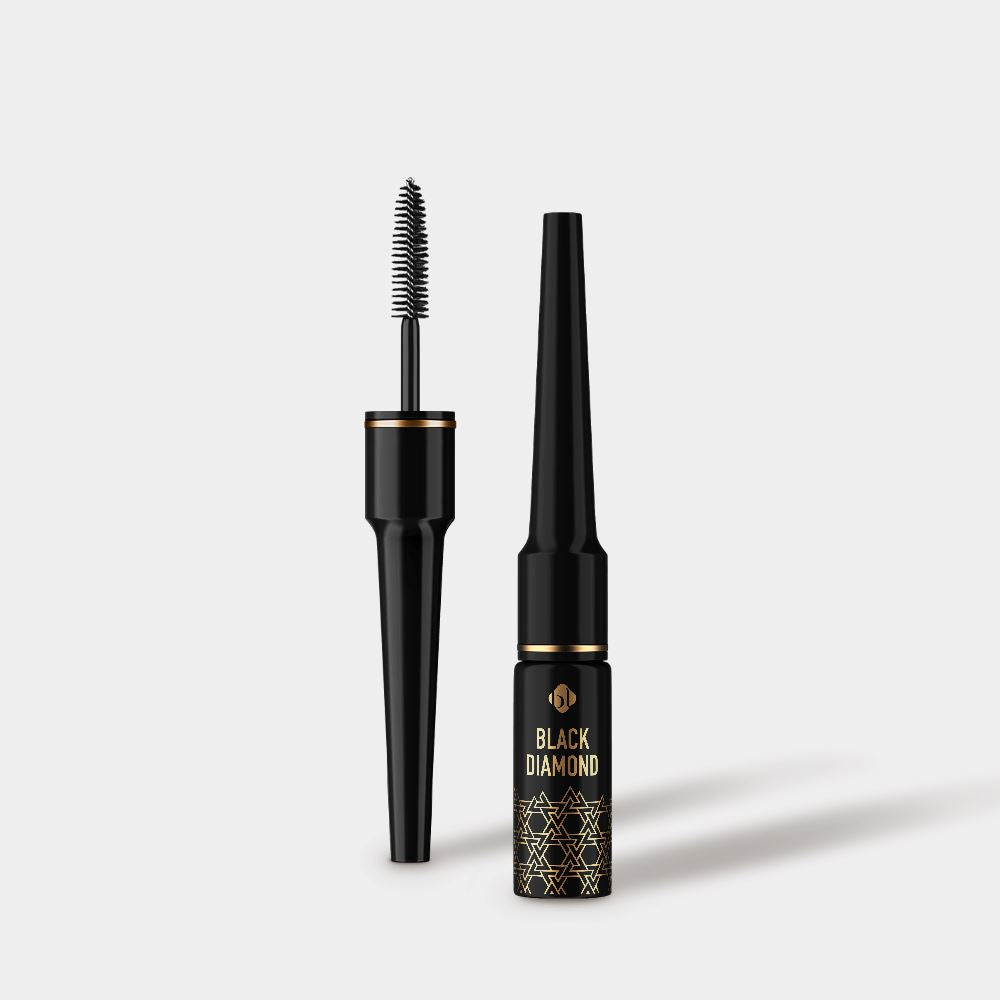Fabulous eyelashes are an entirely mainstream beauty ritual these days, but when you think about it, it’s kind of weird. How on earth did people come up with the idea of gluing a synthetic lash onto their real ones? As it turns out, fake eyelashes have a long history that goes all the way back to ancient Egypt.
The first eye makeup in history: Ancient Egypt

Ancient Egyptians played a large part in the rich history of mascara. Dating as far as 3400-30 B.C., Egyptians used kohl with crocodile dung(!), water, and honey to create the first kind of eye makeup.
Egyptians lined their eyes with kohl to deepen their lashes. Because eyes were believed to be the windows of the soul, they concealed them to ward off any evil spirits and bad energy.
Egyptian men wore mascara, as did Egyptian women. It also had a practical function to protect their eyes from the fierce sun of the Egyptian desert.
Medieval period: dark time for lashes (1066 - 1485)

People of the Middle Ages time were crazy about keeping facial symmetry. They believed that the high forehead creates a more balanced face and to achieve that, many women pluck their eyebrows and eyelashes to make their forehead seem higher.
The earliest form of color lashes?: Elizabeth I time (1533 – 1603)
Long before the redhead bombshell Jessica Chastain, the Virgin Queen Elizabeth I made red hair so fashionable that the whole country started dying their hair to match.

To emulate the striking beauty of Queen Elizabeth I, women of this era dye their hair to fierce red tint. Actually, they went one step further- dyed their eyelashes and pubic hair to red, too! Talk about dedication.
What the general public of England didn’t know was, for most of her life, Elizabeth wore wigs, so she might have chosen hair of any color she liked, but she chose red; she was so committed to the shade that she is even supposed to have dyed the tails of her horses to match.
Homemade recipes: Victorian time (1837- 1901)
Victorian women were very formal and elaborate, spending hours to dress and beautify themselves. Victorian ladies experimented with many different cosmetic recipes; mascaras and eyeliners were all products that they created and mixed in the comforts of their own dressing rooms. Victorian ladies created their own mascara concoctions, mixing ashes and Baseline but the products were never marketed.

In 1899, there were accounts of women having lashes implanted into their eyelids via needles, according to Racked. And yes, it was a popular procedure, even in capitals like Paris. Around this time, the more faint of heart attempted to glue human hair to their eyelids instead of threading it, but the method wasn’t too successful and the hair often fell off.
The invention of commercial mascara (Early 20th century)
In 1917, Eugene Rimmel created the first packaged cosmetic mascara. Produced from a blend of petroleum and black coal dust, the history of commercial mascara began.
In 1902, inventor Karl Nessler patented a method for weaving artificial eyelashes and eyebrows. In 1903, he was already selling artificial eyelashes in his salon in London. It’s safe to say, that the first form of false eyelashes.
First commercial falsies (1920- 1930)

In the early days of makeup, many women got their makeup ideas from the movies. During the 1920s, films were still silent… with no speaking parts(!). The actresses, like Bebe Daniels, had to emote through their facial expressions. Long, thick lashes brought attention to their expressive eyes.
In 1931, William Mcdonell invented Kurlash, the first patented device to curl and apply false lashes in a few seconds. Kurlash made applying falsies so easy, it basically created a market for the false eyelash industry. This early model has almost no difference from the shapes and curls of fake lashes we use these days.

Hollywood glamor created the mega-trend (1940- 1950)
Until the 1940s, all major publications, and magazines criticized the idea of ‘false eyelashes’, they cited falsies to be torturing devices for women. Especially WWII was utilizing much of the industrialized world’s resources and factories, which left very little available resources for makeup manufacturing. False lashes would have been considered wasteful and superfluous.

However, the golden age of cinema in the 1950s started the mega-trend of long, full, luscious eyelashes. Quite naturally, Hollywood starlets in the 1940s and ’50s loved a good fake eyelash, with actresses like Rita Hayworth wearing them in photoshoots to make their eyes look larger and more, well, eye-catching. The doe eye was the eye of the day in the 1950s. Lashes became an important part of that look.
In the 40s, waterproof mascara was first marketed, and in the 50s, companies started to sell the first all-synthetic fake eyelashes made of plastic. No longer were lashes made of human hair and/or fabric, but durable thin plastic — which is how some are still manufactured today.
All about bigger, bolder lashes (1960 - 1970)
False eyelash popularity exploded in the 1960s. The 1960s makeup aesthetic was more adventurous, innovative, and young.

One person at the center of this movement, of course, was the model Twiggy, whose signature look included large lashes that accentuated her already prominent eyes. Women would pile on 2 or 3 pairs of eyelashes layered on top of each other to get the thickest looking lashes possible.

Makeup companies quickly jumped onto this creative shape bandwagon and manufactured false eyelashes in all kinds of shapes, sizes, and colors including colored lashes and mascaras.
Beginning of eyelash extensions (1980 - 1990)
In the mid-1980s, semi-permanent lash extensions were innovated in South Korea & Japan, as strip lash wearers looked for a safe solution to have their lashes last longer. There are still debates on whether we can call this application a lash extension or not because their method of applying lashes was to cut off a part of the strip lashes and to apply on natural lashes using an industrial-grade bond.
21st century, and continuing…

Continue reading this series next week...!
This blog is protected by copyright law. Reproduction or rewriting without permission is strictly prohibited.
















